Be Ready for Every Sky: Preparing for Weather Changes in National Parks

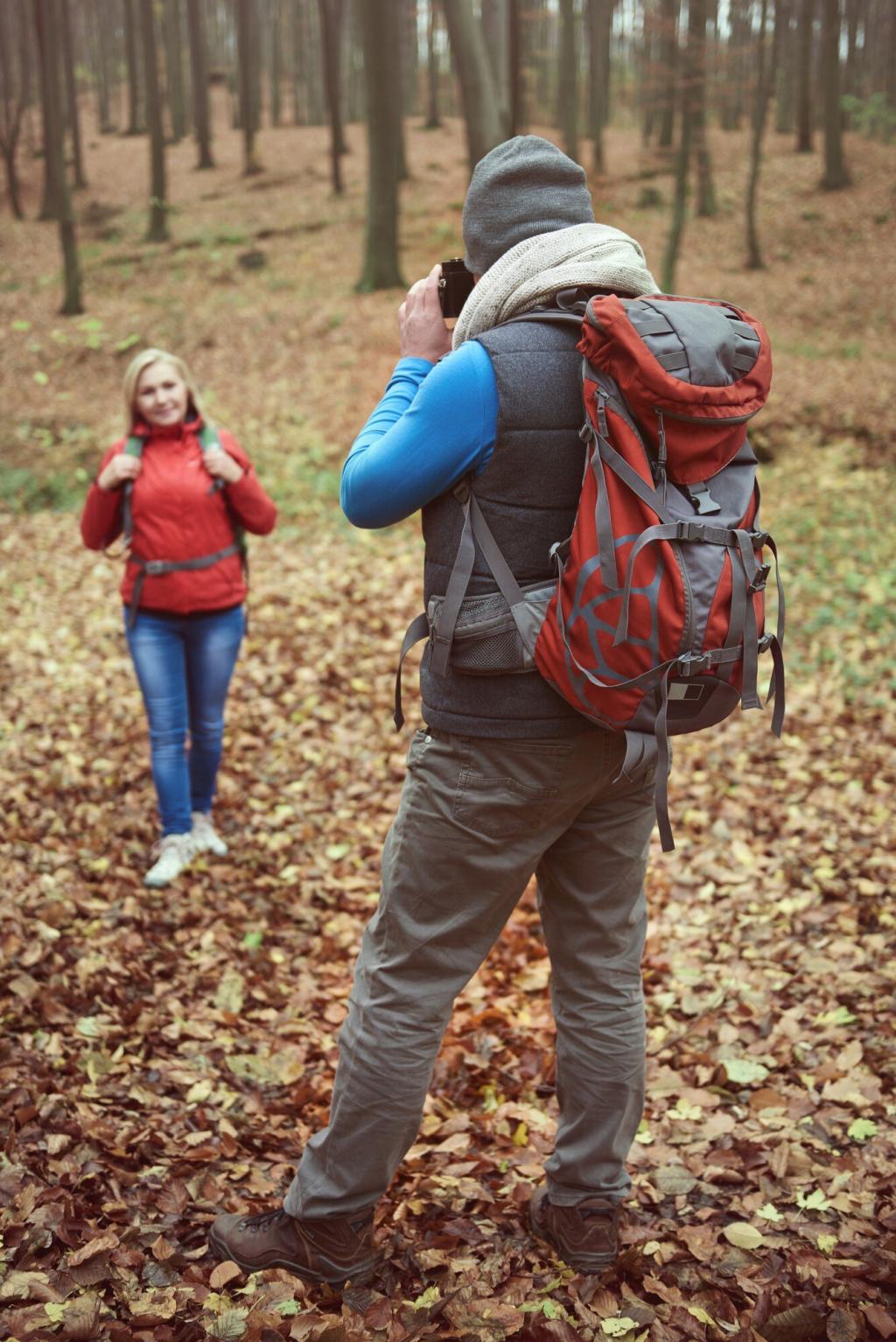
Reading the Sky: Microclimates and Altitude
By late morning, orographic lift can build towering cumulonimbus over ridgelines, turning bluebird skies into crackling storms. Start early, set turnaround times, and memorize bail-out routes into treeline. Share your alpine storm tactics in the comments to help fellow hikers.
Reading the Sky: Microclimates and Altitude
Watch for distant thunder, growing anvils, and dusty outflow winds that precede desert cells. Avoid arroyos and slots; identify high-ground exits beforehand. Check park alerts, use a NOAA weather radio, and tell someone your plan before exploring canyons.

The Three-Layer System That Actually Works
Choose a wicking base of merino or synthetic, a warm mid-layer like fleece, and a waterproof-breathable shell with real pit zips. Practice quick changes to manage sweat before you chill. Vent early, and keep gloves handy even in summer.
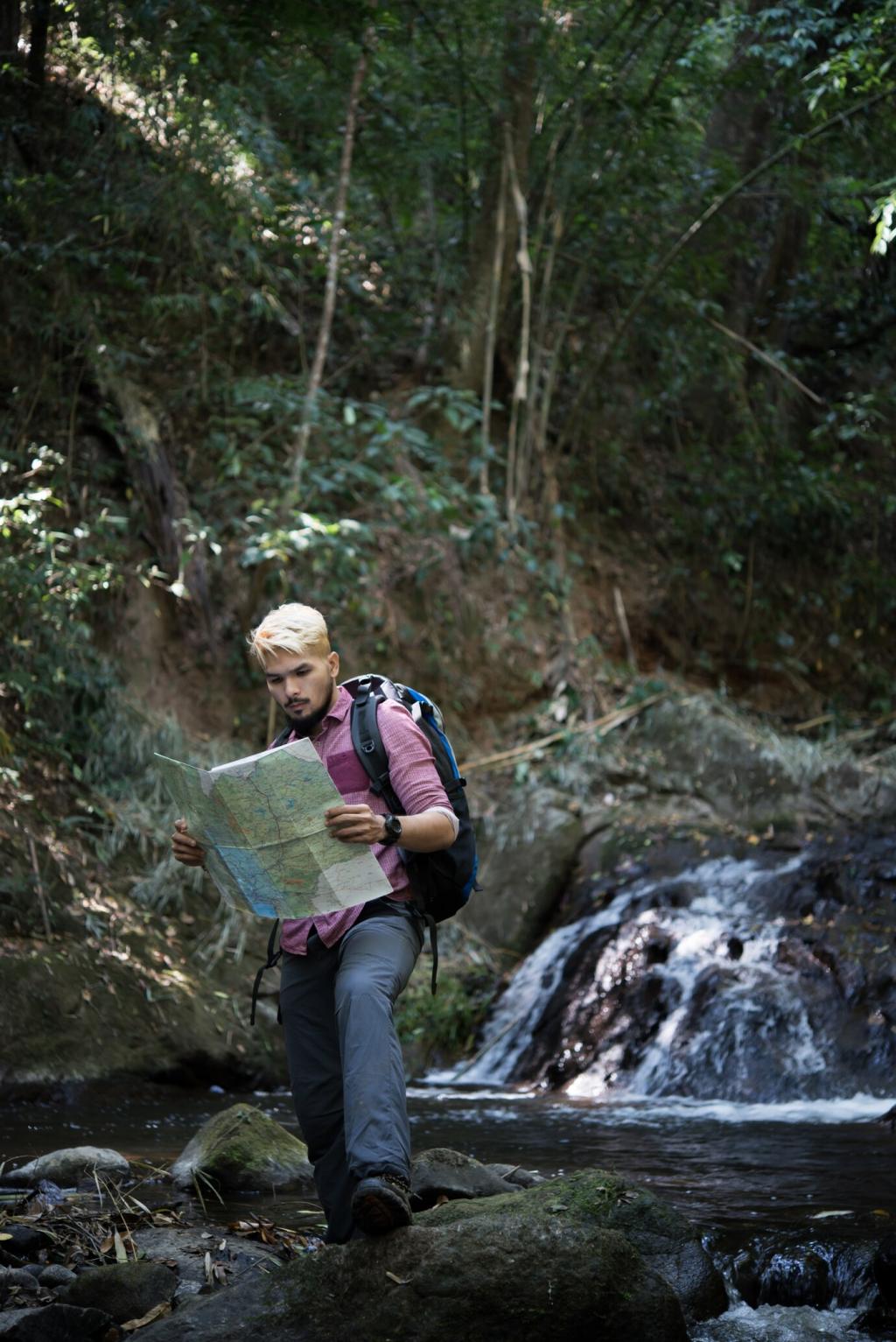
Weatherproofing the Small Stuff
Line your pack with a contractor bag, then organize gear in bright dry sacks. Double-bag first aid and phone in zip pouches. A map case, treated boots, and gaiters keep misery out when puddles, sleet, or surprise snow start accumulating.
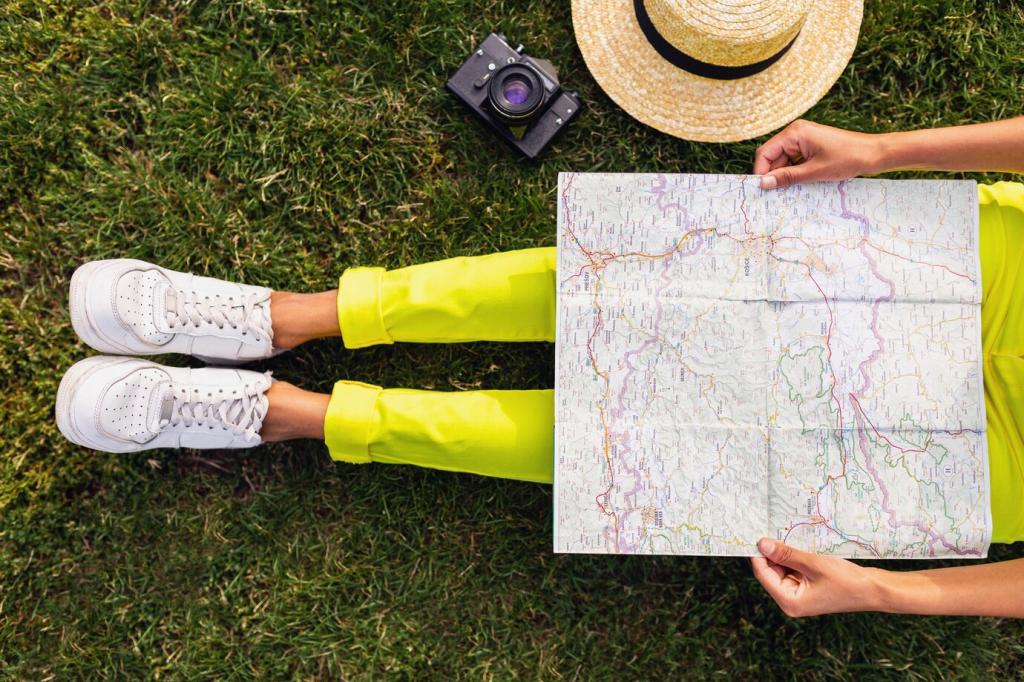
Emergency Comfort Items
Pack a heat-reflective bivy, compact tarp, and chemical warmers for stalled hikes. A tiny stove for cocoa boosts morale when storms pin you down. In deserts, a sun umbrella offers lifesaving shade while you wait safer conditions.
Forecasting Like a Pro—Before and During Your Trip
Use National Weather Service point forecasts for exact trailheads and summits. Elevation-specific grids reveal wind, gusts, and precipitation type by hour. Bookmark coordinates, download the discussion, and compare multiple models to understand confidence and potential surprises.
Study cloud families: wispy cirrus, building cumulus, and angry anvils. Note wind shifts, temperature drops, and the tinny smell before rain. Birds quieting and distant rumbles are cues. Log observations, and tell partners what you’re seeing in plain language.
Carry a NOAA weather radio and learn your park’s frequencies. Many satellite messengers offer lightweight forecast requests. Preload radar loops if your app supports offline tiles. Screenshot the area forecast discussion, and copy key details into a notebook.
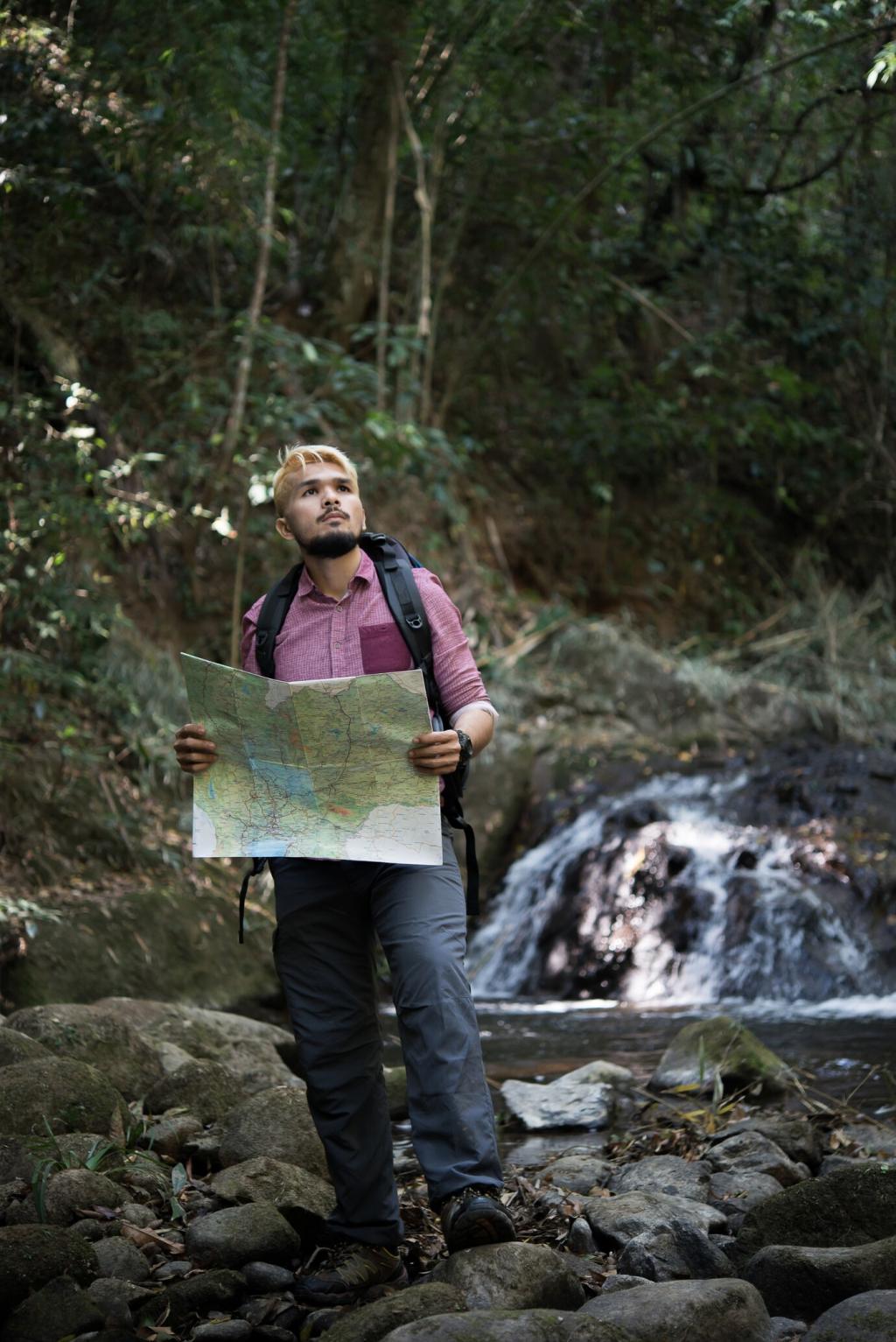
Safety Plays for Extreme Weather
Apply the 30–30 rule: seek shelter if thunder follows lightning within thirty seconds, wait thirty minutes after the last clap. Avoid ridgelines, caves, and isolated trees. Spread your group, crouch on insulation, and stash poles away from your body.
Beat heat with deliberate pacing, early starts, and ruthless shade breaks. Drink to thirst, add electrolytes, and monitor urine color. Watch for cramps, confusion, and goosebumps. Cool rapidly at neck, armpits, and groin. Share your desert cooling hacks below.
Wind-driven rain strips warmth fast. When chilled, stop, add dry insulation, and build shelter before hands numb. Feed simple sugars and warm drinks. Prioritize rewarming the core. Practice buddy checks, and comment with your best hypothermia prevention routines.
Seasonal Playbooks by Park Landscape
Freeze–thaw turns trails into morning ice and afternoon slush. Expect hidden snow bridges and rockfall. Pack microspikes, gaiters, and a sturdy shell. Start early, accept earlier turnarounds, and share your favorite shoulder-season routes and timing tips with readers.
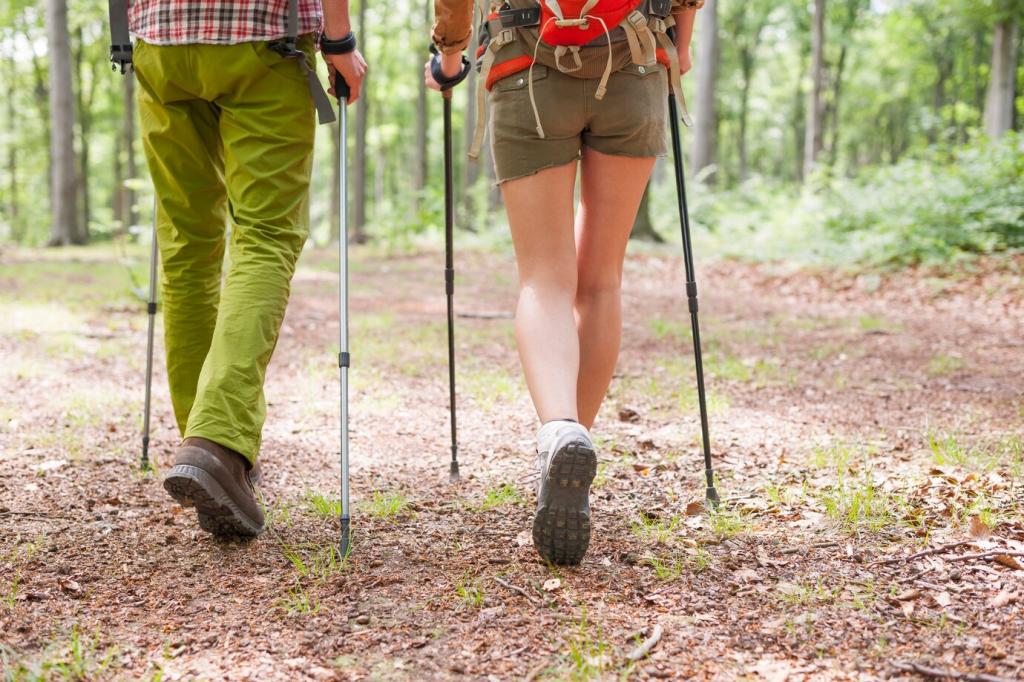
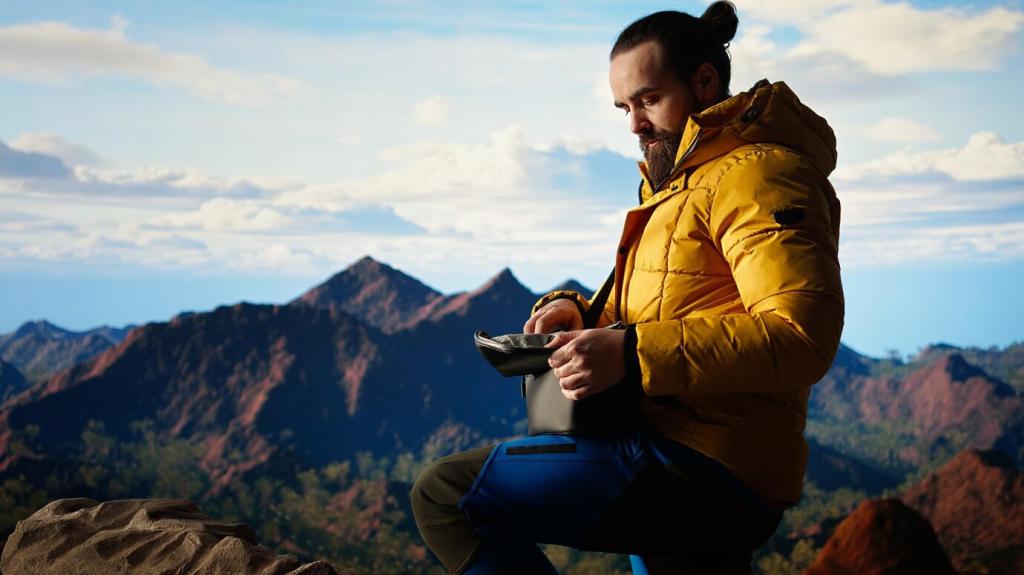
Seasonal Playbooks by Park Landscape
Plan predawn hikes, nap through peak heat, and explore again near sunset. Track storm timing patterns over several days. Know high-ground exits for slots. Respect road closures, even when skies seem friendly nearby. Post your monsoon timing strategies for newcomers.
Thunderheads Over the High Sierra
One August afternoon, we watched anvils bloom from a granite pass and turned around, reluctantly. Shelter among krummholz, cocoa steaming, we counted seconds. Lightning erupted across the ridge thirty minutes later. Tell us your hardest turnaround that proved wonderfully right.
A Family Trip to Arches Saved by a Paper Map
When flash floods closed the main road, a ranger pointed a safer detour and high ground. Our paper map mattered when reception failed. The kids learned clouds speak. Drop your family preparedness checklists that make unpredictable park days feel confident.
Ranger Wisdom From the Smokies
A Smokies ranger once said, “Plan for the forecast, pack for the opposite.” He carried a radio, extra layers, and humility. We learned to build Plans A, B, and C. What wisdom did a ranger share that stuck forever?
